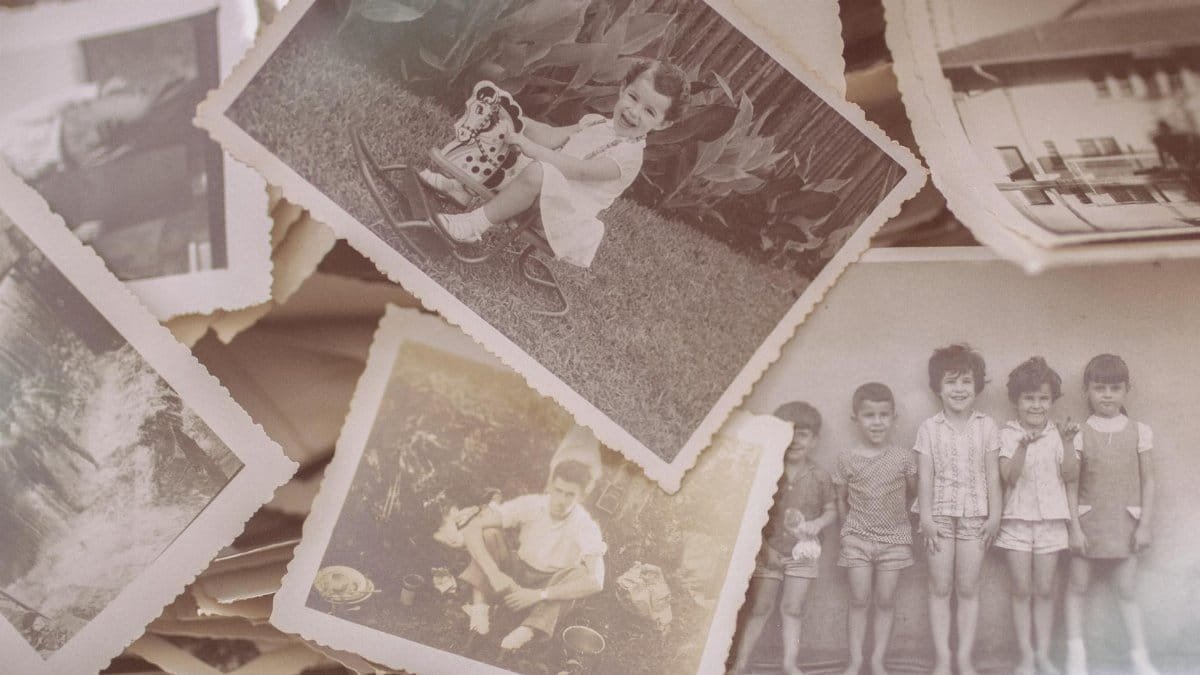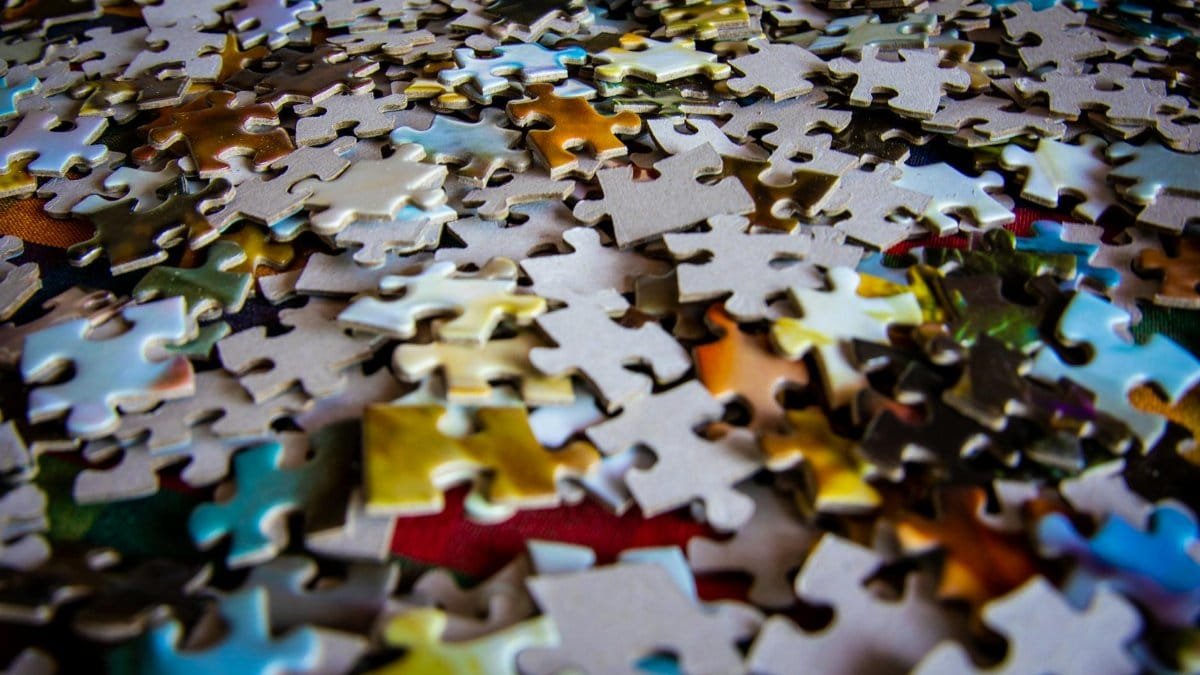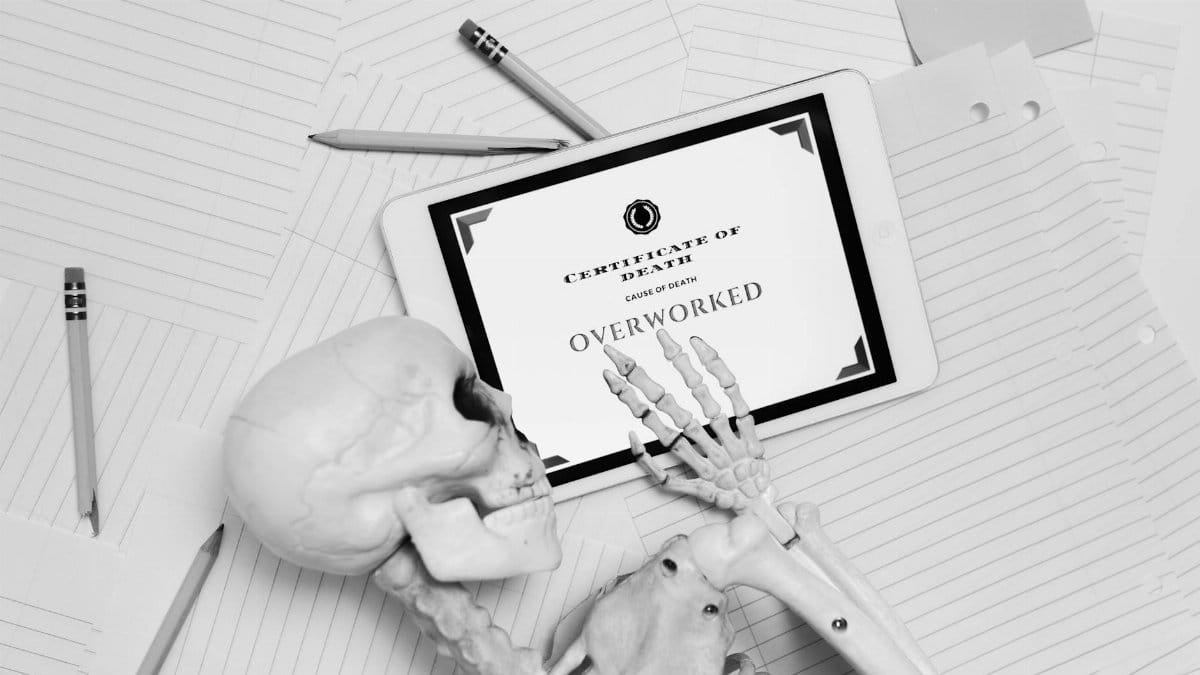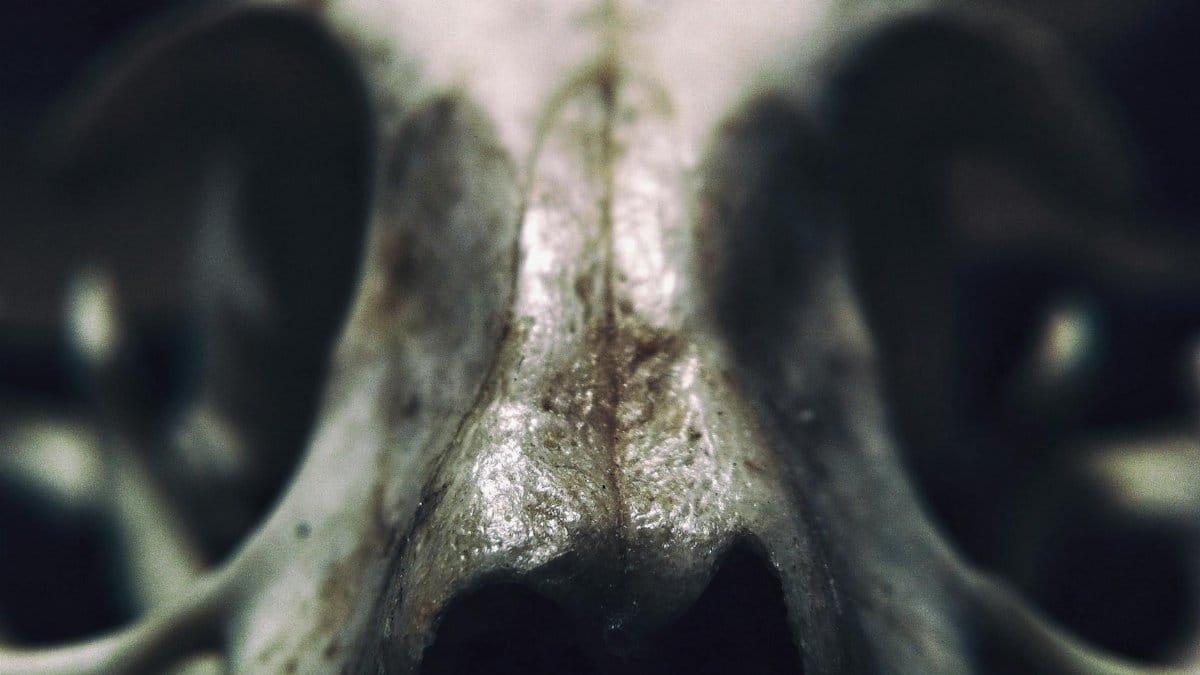Imagine a question so profound it lingers in quiet moments, haunting even the most skeptical minds: Could consciousness persist beyond the body’s final breath? This isn’t just a philosophical musing but a frontier of inquiry in consciousness after death science. A growing body of research—spanning neuroscience, quantum physics, and near-death experiences (NDEs)—suggests the mind might not be as tethered to the physical as once assumed. From studies documenting inexplicable awareness during clinical death to theories linking consciousness to fundamental aspects of the universe, the evidence is both unsettling and compelling. For many Americans in 2025, grappling with mortality in an increasingly uncertain world, these findings offer not just curiosity but a flicker of hope. What if death isn’t the end, but a transition we’re only beginning to understand?
1. Near-Death Experiences: Beyond Hallucination

A woman, let’s call her Jane, flatlined during surgery in a Seattle hospital. Later, she described floating above the operating table, observing details—like a specific instrument on a tray—that she couldn’t have seen from her unconscious state. Stories like hers aren’t rare. Research published by the University of Virginia’s Division of Perceptual Studies has cataloged thousands of NDEs, many with verifiable accounts of events during clinical death. A 2014 study in Resuscitation Journal found that 9% of cardiac arrest survivors reported detailed awareness, often defying medical explanations. These aren’t just dreams; they challenge the idea that consciousness dies with the brain. Could the mind operate independently, even briefly, after the heart stops?
The debate rages on. Skeptics point to oxygen deprivation or drug effects, yet the precision of some NDE recollections—down to overheard conversations—keeps researchers digging. It’s a puzzle piece that doesn’t fit neatly into materialist science.
2. The AWARE Study: Documenting Awareness During Death

One of the most rigorous investigations into NDEs comes from the AWARE study, led by Dr. Sam Parnia at the University of Southampton. Published in 2014, it tracked over 2,000 cardiac arrest patients across 15 hospitals. The findings, detailed in a report accessible via University of Southampton News, showed that 40% of survivors recalled some form of awareness during clinical death. One patient even described events up to three minutes after their heart stopped—far beyond when brain activity should cease. This isn’t fringe speculation; it’s peer-reviewed data suggesting consciousness might linger longer than we think.
Parnia’s team placed visual markers above hospital beds, hidden from ground view, to test if patients could report them during NDEs. Results were inconclusive, but the study’s scale and methodology demand attention. It’s a crack in the wall of conventional neuroscience.
3. Quantum Mind Theories: Consciousness as Fundamental

What if consciousness isn’t a byproduct of the brain but a fundamental part of reality? Physicists like Sir Roger Penrose and neuroscientists like Stuart Hameroff propose that consciousness arises from quantum processes in the brain’s microtubules. Their Orch-OR theory, outlined in papers from the Journal of Physics of Life Reviews, suggests that quantum information could persist beyond physical death, perhaps interacting with the universe itself. It’s a radical idea—consciousness as eternal as energy—but it’s grounded in mathematical models, not mysticism.
This isn’t universally accepted. Critics argue it’s untestable, yet the theory aligns with some interpretations of quantum mechanics where observation shapes reality. If true, death might not erase the mind but relocate it. The implications are staggering, even if proof remains elusive.
4. Terminal Lucidity: The Final Surge of Awareness

In hospices across the U.S., nurses whisper about terminal lucidity—moments when dying patients, often with severe dementia, suddenly become alert and coherent. A 2009 study by Dr. Michael Nahm, referenced in archives at the National Institutes of Health, documented cases where patients spoke clearly, recognized loved ones, or shared memories just before passing. If the brain is shutting down, how does this clarity emerge? Some researchers speculate it’s a last gasp of neural activity; others wonder if consciousness briefly detaches from a failing body.
These accounts, though anecdotal in many cases, resonate with families. They suggest something profound: even at the edge, the mind might assert itself, defying decay. Science hasn’t fully explained it, but the phenomenon keeps curiosity alive.
5. Children’s Past-Life Memories: Unexplained Recall

At the University of Virginia, Dr. Jim Tucker has spent decades studying children who claim to remember past lives. His book,Life Before Life, details cases where kids describe verifiable details—names, places, events—from lives they couldn’t have known. One boy recalled being a pilot shot down in World War II, citing specifics later confirmed by historical records. Tucker’s research, housed at UVA’s Division of Perceptual Studies, suggests consciousness might carry information across lifetimes.
Skeptics dismiss this as fantasy or parental influence, but the specificity of some accounts resists easy answers. It’s a niche field, yet it fuels questions about whether death truly erases identity. For now, it’s a mystery with data points too odd to ignore.
6. Brain Activity Post-Mortem: Lingering Signals

In 2018, a study on pig brains at Yale University revealed something startling: hours after death, neural activity could be partially restored under lab conditions. Reported widely and detailed in findings shared via Nature Journal, the experiment showed cellular function persisting long after blood flow ceased. While not proof of consciousness, it raises a question: If the brain can “come back” in some capacity, might awareness linger in ways we don’t yet measure?
Ethicists worry about implications for defining death, while scientists caution against overinterpretation. Still, it’s a reminder that the line between life and death isn’t as sharp as once thought. Consciousness after death science might hinge on redefining that boundary.
7. Cultural Shifts: Why Americans Are Listening

In 2025, with existential threats like climate change and geopolitical unrest looming, many Americans are turning inward, seeking meaning beyond the material. Online discussions often reveal a hunger for answers about death and what follows. One anonymous post described a near-death experience as “a glimpse of something bigger,” echoing a sentiment shared by thousands. Polls from Pew Research show belief in an afterlife holding steady at around 70%, even among the non-religious. Consciousness after death science isn’t just academic—it’s personal.
This curiosity isn’t new, but the blend of spiritual yearning and hard data is. Podcasts, documentaries, and books on NDEs are surging in popularity. People want evidence, not just faith, and science is starting to meet them halfway.
8. Skeptics’ Counterarguments: A Necessary Balance

Not everyone’s convinced. Neuroscientists like Dr. Susan Blackmore argue that NDEs are brain-generated illusions, triggered by stress or oxygen loss. Her work, often cited in scientific debates and accessible through summaries at Susan Blackmore’s Official Site, insists consciousness is purely physical. Studies on DMT, a psychedelic compound, suggest it mimics NDE sensations, implying a chemical root. For skeptics, the mind dies with the body—end of story.
Yet even skeptics admit some data points are hard to dismiss. The tension between materialist and non-materialist views drives research forward. It’s a clash of paradigms, and neither side has fully won.
9. Ethical Dilemmas: Redefining Death

If consciousness persists after clinical death, when do we truly die? This question haunts medical ethics. Cases like the Yale pig brain study blur definitions, complicating decisions about organ donation or life support. If awareness lingers, even briefly, are we ending lives too soon? Researchers at institutions like the NIH are wrestling with these issues, as outlined in discussions on NIH News Releases.
For families, it’s not abstract. It’s the difference between hope and closure. As consciousness after death science advances, society must grapple with boundaries once taken for granted. The stakes couldn’t be higher.
10. The Road Ahead: Science Meets the Unknown

Standing at the intersection of neuroscience, physics, and human experience, consciousness after death science remains a frontier. Studies continue, with projects like AWARE II expanding on earlier work. Each finding—whether from NDEs or quantum theories—chips away at old certainties. For now, the evidence hints but doesn’t prove. Yet for many, even a hint is enough to rethink everything.
A century ago, death was a wall. Today, it’s a window, cracked open by data and stories alike. As research deepens in 2025, one thing is clear: the question of what happens after isn’t just spiritual—it’s scientific. And the answers, however incomplete, might change how we live.
